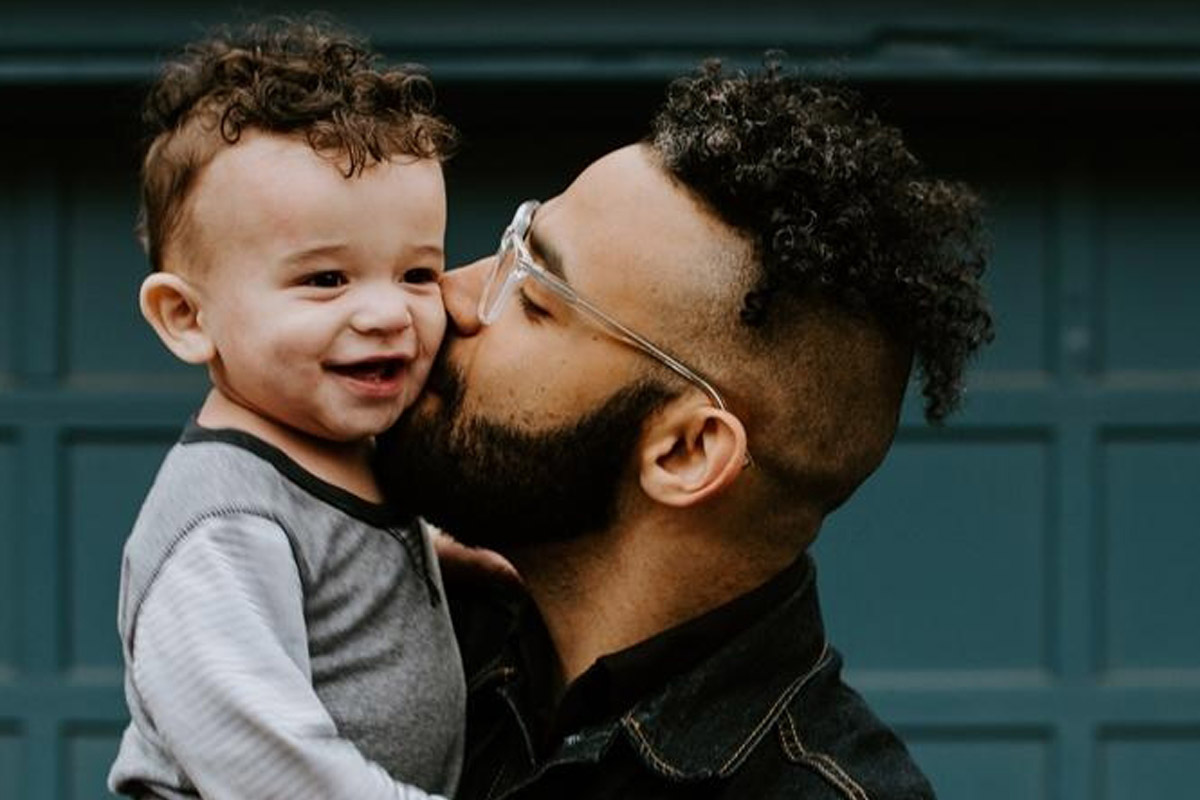Observation and experimentation: Children learn by seeing and experimenting on their own. They also learn from what others say to them, particularly adults and authority figures such as their parents and teachers. When children discover something unexpected, they seek out more information by asking questions or testing claims. Previous research indicates that whether children investigate adults’ surprise assertions varies by age, with children over the age of six being more likely to seek out extra information than children aged four and five. However, there has been little research into why children seek information after being given something startling by adults.
Research about Observation and experimentation
Advertisement
A new study published in Child Development by researchers at the University of Toronto and Harvard University aims to answer this question. “The research shows that as children age, they become more skeptical of what adults tell them,” said Samantha Cottrell, senior lab member from the Childhood Learning and Development (ChiLD) Lab at the University of Toronto.”This explains why older children are more likely to try to verify claims and are more intentional about their exploration of objects.”
Across two preregistered studies, researchers set out to clarify whether and why children explore surprising claims.
In the first study, which was conducted in person between September 2019 and March 2020, 109 children ages four- to six years old were recruited from the Greater Toronto Area, Canada. Due to the Covid-19 pandemic, the laboratory was shut down for in-person testing in March 2020, which resulted in lower testing numbers than originally planned. Parents of 108 of the 109 children reported the ethnicity of their child: 49% described their child as White, 21% as Mixed Ethnicity or Race, and 19% as Southeast Asian. Nearly all parents answered questions about their educational background with 18% of children having parents who did not attend university, 34% having one parent who attended university, and 48% having two parents who attended university.
Study reveals that children learn from observation and experimentation
Children were presented with three familiar objects: a rock, a piece of a sponge-like material and a hacky sack. An experimenter began by asking children, “Do you think this rock is hard or soft?” All children stated that the rock was hard. Children were then randomly assigned to be told something that contradicted their beliefs about the world (“Actually, this rock is soft, not hard”) or told something that confirmed their intuition (“That’s right, this rock is hard”). Following these statements, all children were again asked, “So, do you think this rock is hard or soft?” Almost all children who heard claims that aligned with their beliefs continued to make the same judgement as before: that the rock was hard. In contrast, few of the children who were told that the rock was soft continued to make the same judgement as before. The experimenter then told children that they had to leave the room for a phone call and left children to explore the object on their own.
Children’s behaviour was video-recorded. The study found that most children regardless of age engaged in testing surprising claims. The authors hypothesized that previously reported age differences in children’s exploration of surprising claims might reflect developments in children’s ability to use exploration to test more complex claims. It could also be that with increasing age, the motivation behind children’s exploration changes, with younger children exploring because they believed what they had been told and wanted to see the surprising event, and older children exploring because they were skeptical of what they had been told.
In the second study, which was conducted between September and December 2020, 154 4- to 7-year-old children were recruited from the same area as in the first study. Parents of 132 of the 154 children reported their ethnicity as 50% White, 20% Mixed Ethnicity or Race, and 17% Southeast Asian. Nearly all parents answered questions about their educational background with 20% of children having parents who did not attend university, 35% having one parent who attended university and 45% having two parents who attended university.
Findings about observation and experimentation
Over Zoom (due to Covid-19 restrictions), an experimenter shared their screen and presented each participating child with eight vignettes. For each vignette, children were told that the adult made a surprising claim (for example, “The rock is soft” or “The sponge is harder than the rock”) and was asked what another child should do in response to that claim and why they should do that. The results indicate that older children (six- and seven-year-olds) were more likely than younger children to suggest an exploration strategy tailored to the claim they heard (that is, touching the rock in the first example but touching the rock and the sponge in the second example). The results also show that with increasing age, children are increasingly justifying exploration as a means of verifying the adult’s surprising claim. These findings suggest that as children age, even when they are equally likely to engage in an exploration of surprising claims, they become more aware of their doubts about what adults tell them, and as a result, their exploration becomes more intentional, targeted, and efficient.
“There is still a lot we don’t know,” said Samuel Ronfard, assistant professor at the University of Toronto and lab director at the Childhood Learning and Development (ChiLD) Lab. “But, what’s clear is that children don’t believe everything they are told. They think about what they’ve been told and if they’re skeptical, they seek out additional information that could confirm or disconfirm it.”











